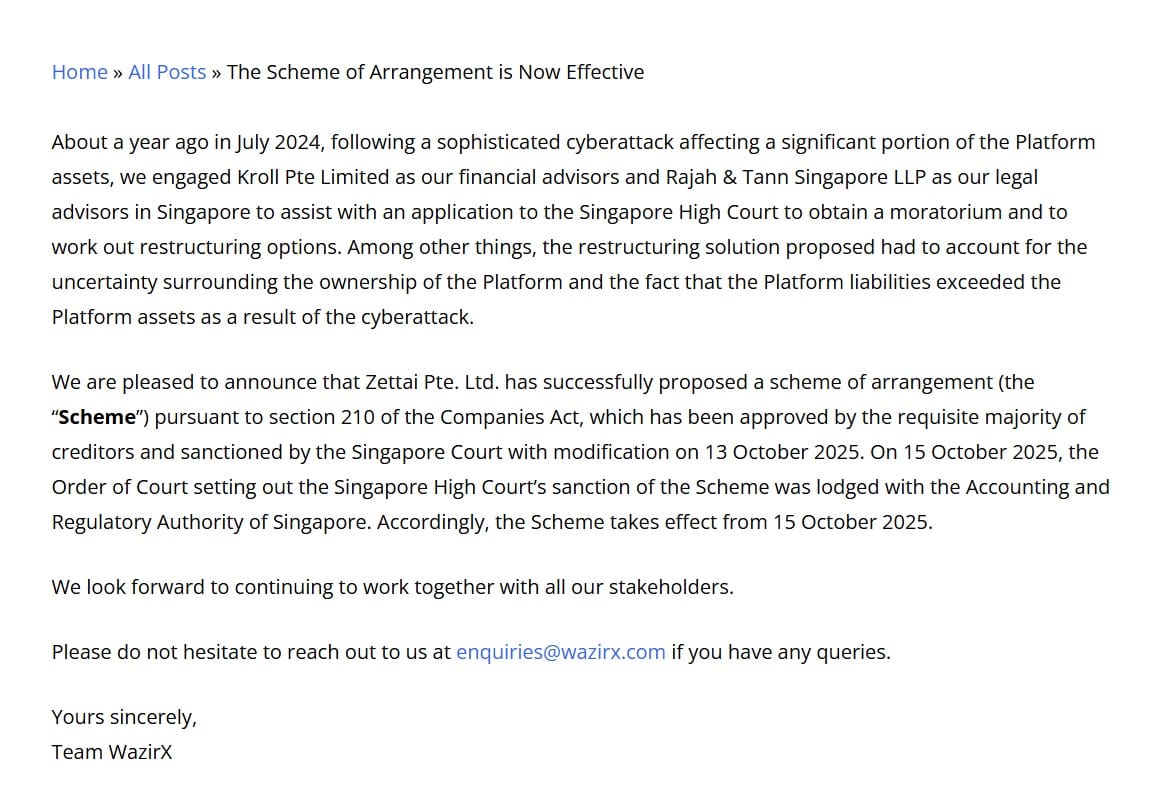Michezo Sports, an early leader in India’s sports infrastructure sector, today announced the close of a pre-Series A investment round of approximately $2.5 million, led by Centre Court Capital, a VC fund focused on Sports and Gaming. Rainmatter, the investment arm of Zerodha, also participated in the round. This investment marks the formal entry of venture capital into India’s largely unorganised sports infrastructure sector, signalling growing investor confidence in the country’s aspirations to host international sporting events, including the 2036 Olympics.
For decades, Indian sportspersons have trained with passion but often lacked access to quality facilities. Since its inception in August 2019, Michezo has developed sports infrastructure for over 175 clients across 350 projects nationwide. The company adheres to global sports federation standards, including FIFA, FIH, ITF, and World Athletics, for both product selection and certification of installations. Michezo’s portfolio spans athletic tracks; football and hockey pitches; badminton, squash, basketball, and volleyball courts; as well as paddle and pickleball arenas in sports complexes, club training facilities, educational campuses, and real estate projects.
The latest funding will enable Michezo to expand into additional infrastructure verticals, including pools, civil and public sports facilities, and distribution platforms for sports infrastructure materials.
“As a former professional tennis player, I experienced the difference in good sports infrastructure made to an athlete’s journey, and the frustration when it was inaccessible. The industry today remains largely informal and fragmented. Michezo was founded with the long-term vision to bring player-centricity, professionalism, formal organisation, and governance to a sector that has remained on the sidelines of India’s growth story,” said Maharishi Sridhar, Founder, Michezo Sports.
Commenting on the investment, Mustafa Ghouse, Founding General Partner, Centre Court Capital, said, “India’s sports infrastructure sector is entering a pivotal growth phase. We are seeing rising participation, public and private investment, and accelerating this is the country’s broader sporting ambitions. At Centre Court Capital, we believe the next decade of Indian sport will be defined by the quality, accessibility, and integration of its infrastructure. Michezo embodies that vision by not just building facilities but building the blueprint for the next decade of Indian sport. Our investment reflects a long-term conviction that formalising and scaling this sector will not only unlock significant enterprise value but also develop the foundation for India’s sporting future.”
Nithin Kamath, Founder and CEO, Rainmatter, said, “Sports is a way to build a healthier India, and for that, we need more sports infrastructure that is available and accessible to all. We believe infrastructure is the backbone of any sporting culture, and now is the moment to build it right.”




